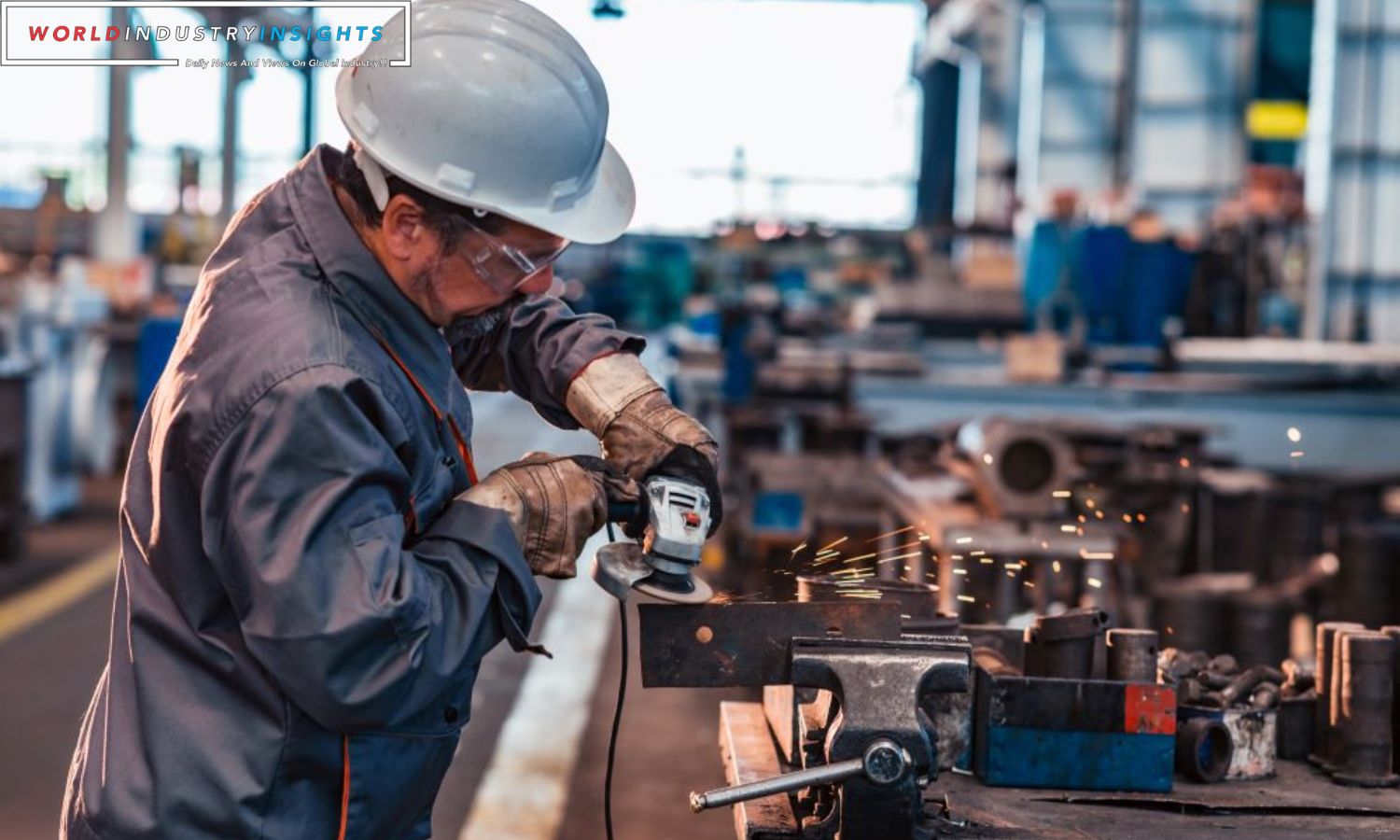China Manufacturing Conundrum: China’s manufacturing sector has encountered a challenging scenario, marking a second consecutive month of contraction in November. This downturn suggests that additional stimulus measures are imperative to bolster economic growth and instill confidence in the government’s ability to support the industry effectively.
Despite economists upgrading their forecasts for China’s economy following better-than-expected third-quarter data, the manufacturing sector continues to grapple with negative sentiment among factory managers. This pessimism is rooted in the face of weak demand both within the country and internationally. The official purchasing managers’ index (PMI) dropped to 49.4 in November, slightly below the October figure of 49.5 and missing economists’ predictions of 49.7. The 50-point mark is a crucial threshold, indicating the boundary between contraction and expansion.
Analysts are scrutinizing the dynamics at play, noting that the domestic market is struggling to compensate for losses in Europe and the United States. Factory managers are producing less and hiring fewer people, reflecting a lack of confidence in government policies. Dan Wang, chief economist at Hang Seng Bank China, highlights the challenges, stating, “(The data) could also show a loss of confidence in government policy.” She emphasizes that the focus should be on addressing local government debt risks and risks posed by regional banks.
Notably, the new orders sub-index contracted for a second consecutive month, and the new export orders component extended its decline for a ninth month. In a concerning development, the vast services sector also contracted for the first time in 12 months, with the non-manufacturing PMI easing to 50.2 in November from 50.6 in the previous month.
China’s economy has faced hurdles throughout the year, impeding a robust post-pandemic recovery. Challenges include a deepening crisis in the property market, local government debt risks, slow global growth, and geopolitical tensions. The manufacturing PMI has contracted for seven out of the past eight months, briefly rising above the 50-point mark only in September. The last time the indicator showed sustained negativity was in the six months leading to October 2019.
Also Read: China Surprising Manufacturing Contraction: Navigating Economic Challenges
While economists are cautious about the survey-based measures possibly overstating the extent of the slowdown, there is a consensus that policy support needs to be ramped up further to prevent an economic backslide. The patchy recovery has led analysts to warn of a potential decline into Japanese-style stagnation for China unless policymakers take decisive steps to reorient the economy towards household consumption and market-driven allocation of resources.
Zhou Hao, economist at Guotai Junan International, notes, “Today’s PMI reading will further raise expectations towards policy support,” emphasizing that fiscal policy will be closely monitored and under the spotlight in the coming year.
China’s central bank governor has expressed confidence in healthy and sustainable growth but underscored the need for structural reforms to reduce reliance on infrastructure and property for growth. Policymakers face the challenge of implementing further stimulus to sustain an annual economic growth target of “around 5%” for the next year, aligning with this year’s goal.
Despite the People’s Bank of China’s (PBOC) efforts, there are constraints on further monetary stimulus due to concerns about a widening interest rate differential with the West potentially weakening the currency and triggering capital outflows. In October, China unveiled a plan to issue 1 trillion yuan ($138.7 billion) in sovereign bonds by the end of the year, with an increased 2023 budget deficit target of 3.8% of GDP. The PBOC has also implemented modest interest rate cuts and injected more cash into the economy in recent months.
However, the challenges persist, and analysts caution that it might be too early to call the bottom. Ting Lu, chief China economist at Nomura, expects another economic dip towards the end of 2023 and spring 2024. This highlights the complexity of China’s economic landscape, where a delicate balance of strategic fiscal policies and structural reforms is essential to navigate through current challenges and propel the nation towards sustainable growth.
Our Reader’s Queries
What are the problems with manufacturing in China?
Manufacturers have been facing a major challenge in recent years due to the rising labor and operating costs. The increasing wages, stricter environmental regulations, and higher taxes are some of the factors that have contributed to this issue. As a result, it has become increasingly difficult for manufacturers to maintain profitability and sustain their businesses. However, with the right strategies and solutions, it is possible to overcome these challenges and thrive in the competitive market.
Why do so many US companies manufacture in China?
Partnering with a Chinese manufacturing facility can significantly lower production costs without compromising on output volume. This is the top reason why American businesses and entrepreneurs choose to overcome the challenges of manufacturing overseas.
Is Chinese manufacturing declining?
China’s manufacturing sector has contracted for the second consecutive month in November, indicating a need for further stimulus to boost economic growth and restore confidence in the government’s ability to support the industry. The pace of contraction has accelerated, highlighting the urgency of the situation. It is imperative that the authorities take swift action to address the challenges faced by the manufacturing sector and ensure its sustained growth.
What percent of US goods are made in China?
Last year, China, along with Hong Kong, remained the top source for U.S. imports, accounting for 40.7 percent of the total.


